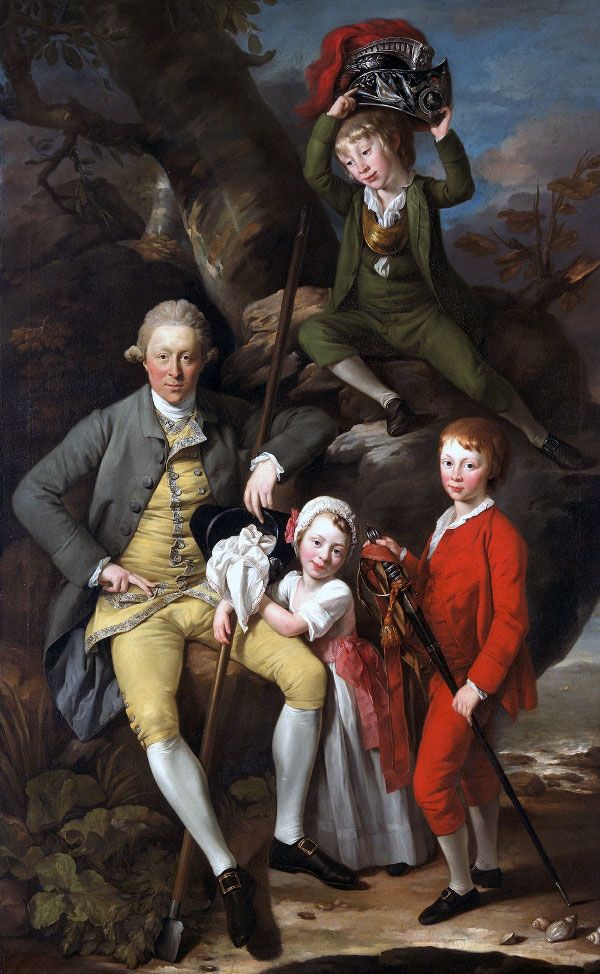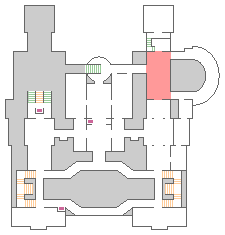Art in Eighteenth-Century Britain

ZOFFANY, Johann (1733–1810)
In 1700 Britain was an artistic backwater. A century later British art was as innovative as any in Europe.
Two generations of painters became widely admired, among them Hogarth, Reynolds, Gainsborough and the Welsh-born Richard Wilson.
The foundation of the Royal Academy of Arts in 1769 showed that artists were beginning to establish themselves as professionals, with intellectual weight and creative skills. During a century of conflict with France, the idea of a British School of painting gained ground.
The aristocracy and gentry were expected to have an appreciation of the arts. Many upper-class men visited Italy where they developed a taste for Old Master paintings and classical antiquity.
British artists complained about this obsession with foreign art, but successfully developed specialisms of their own, such as the ‘conversation piece’ or the ‘grand style’ portrait.
Britain also developed a recognizably modern art market. Commentators wrote about art. Pictures were seen in exhibitions and became valuable commodities.
While the art world remained centred on London, artists made careers in some English provincial centres, as well as in Dublin and Edinburgh. By the 1790s they could also find clients in the larger Welsh towns.

Location:
Gallery 4